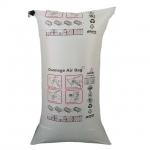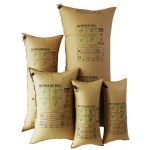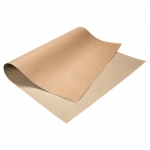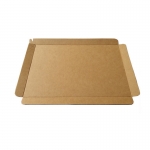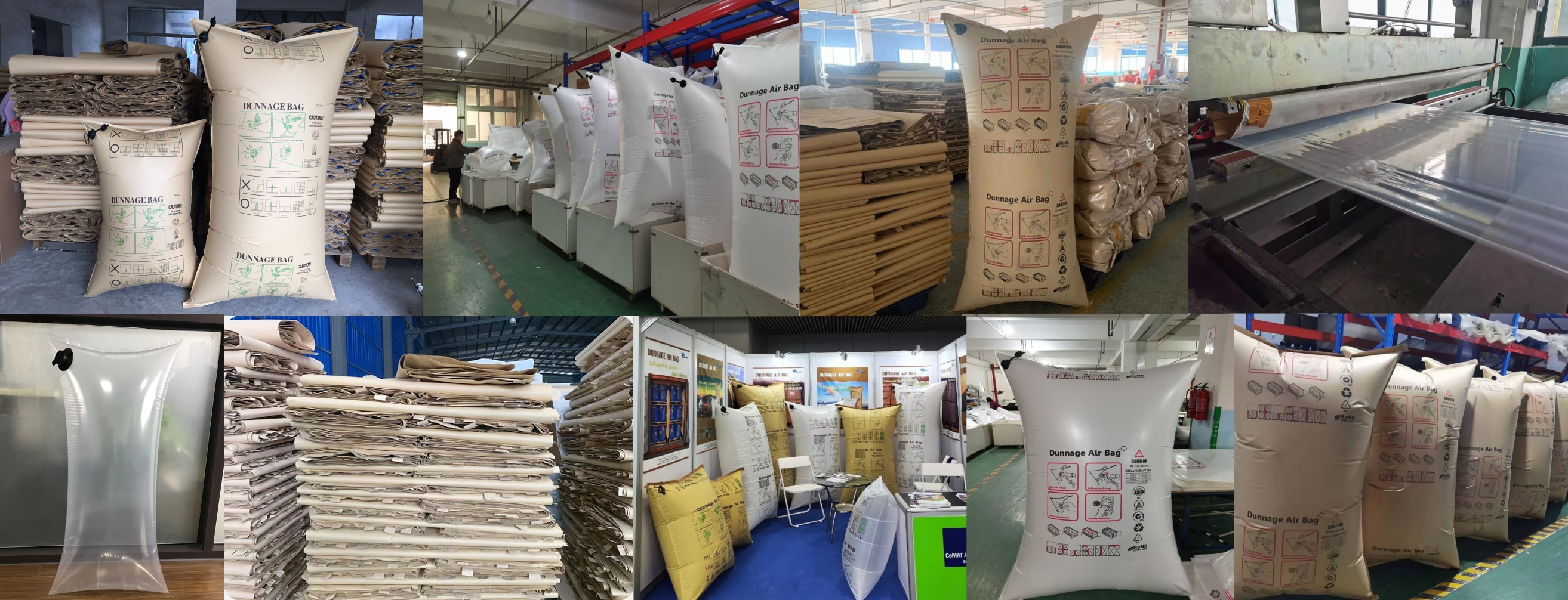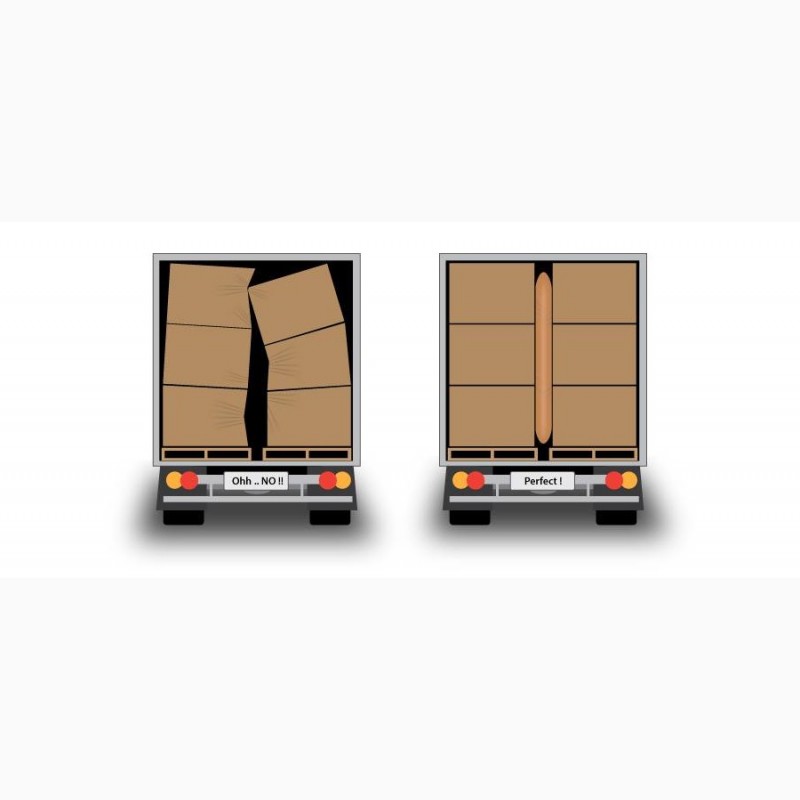
The sales department of air bag suppliers must be consulted to assist in selecting the right dunnage air bag for the cargo and voyage in question. Manufacturers usually provide a wide variety of sizes and strengths to meet shipping needs. Any given type, size and quality of air bag is only designed to restrain a given amount of load. Careful consideration must be given to ensure that the correct type, size and quality of air bag is chosen. Size of dunnage air bags not only depends on the dimensions of the cargo, but also on the intended width of the voids between the cargoes. The width of the air bag will strictly depend on the width of the void.
Some of the precautionary measures that should be considered when using dunnage air bags are:
Select the correct type, size and quality of bag to ensure that the bag covers as much of the face of the load as possible. Both disposable bags and reusable bags should be properly marked accordingly. Disposable bags should also meet environment demands, where control of and disposal of bags is included in the vessels garbage management procedures.
Depending on the cargo, voyage and trade in question, evaluate whether the use of reusable or disposable air bags is preferred. The manufacturers of reusable air bags do not guarantee how many times the bags can be used as they have no control over how the bags will be used. The number of times that a reusable air bag can be used depends largely on the type of application and level of care with which it is used.
To maintain cargo as well as air bag integrity, it is important to place the appropriate buffer material between the load and the bag, making sure that no sharp edges (wooden edges, pallets or anything sharp/pointy) can come into contact with the bag. Nevertheless, there are types of rubber dunnage bags available that take up shape to odd configurations without damaging the cargo, hence eliminating the need for void fillers, provided that the cargo in question does not have any sharp/pointy surfaces.
Inflate the bag using an approved inflator kit fitted with an air gauge, to the recommended air pressure. Air bags should not be over pressurised. Double check the air pressure with a snap-on combo inflator tool or air gauge. The recommended air pressure varies according to type and size of bag and mode of transportation. It should also be ensured that the supply of air used is free from dirt and particles. Dunnage bags can be cold burned and can burst with over inflation. Each bag has a label located near the valve with recommended pressure. Inflator air kits are also available with safety features, which eliminate bag explosions and damage from over inflation. Some bags are also fitted with an integral baffle valve that eliminates cold burning.
If the spaces between cargoes are too large, bags may not be the best solution. If uncertain, it is suggested that shipowners make contact with bag manufacturers request recommendations as to how the dunnage bags should be properly used after providing manufacturers with details as to the cargo arrangements and trade.
For use of inflatable airbags in modes of transport subjected to a change in temperature and/or altitude the shipper should take into account that such changes will affect the air pressure of the bags.
Disposable and reusable bags must be deflated in accordance with manufacturers recommendation. A procedure to properly check reusable air bags before reuse should be developed and followed. If the vessel is responsible for the disposal of dunnage bags, the disposal procedures should be properly documented in the garbage management plan as required for most ships by MARPOL annex V, regulation 9(2).
Crews should take care not to dispose off a charterers dunnage bags without proper authority to do so. Owners should be reminded that they could hold charterers responsible for costs arising from the use of the bags (depending always on the terms of the contract between owners and charterers) but not necessarily for liability arising out of improper disposal of bags.
In conclusion, dunnage air bags are suited to many transport applications; however, regardless of how simple a task this may sound, it is imperative to properly evaluate whether the use of dunnage air bags is suitable for the cargo and voyage in question. If so, it is strongly recommended that only air bags of the correct type, size and quality from reputable manufacturers are used.

